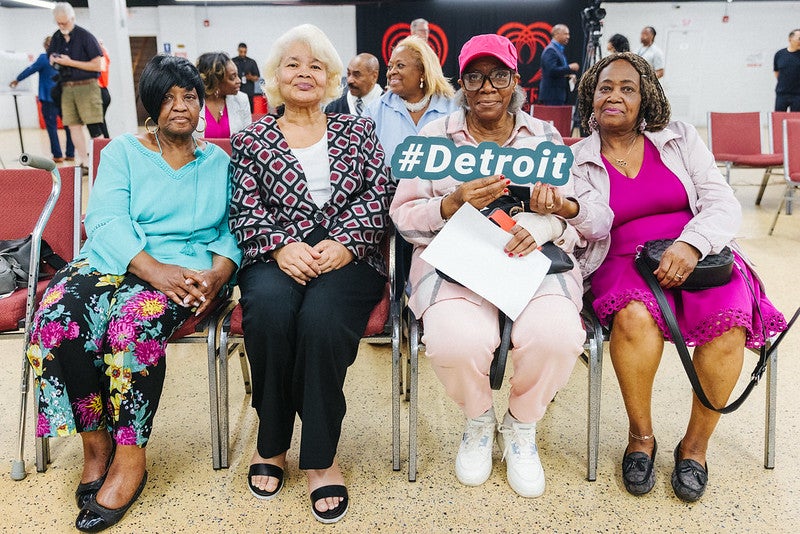Nasty Surprises for Health?
John Balbus, M.D., M.P.H. is a senior scientist and head of the Environmental Defense health program.
People tend to think that human life is independent from other species – that global warming’s effect on other life forms is sad, but not of direct concern. Think again! What happens to other species can have a profound effect on us. Global warming can change where on earth a particular life form can or cannot thrive. And when that life form carries or causes disease, look out!
Consider this case in point:
Eight years ago, a tropical fungus native to Australia called Cryptococcus gattii started killing people and animals in Vancouver Island (see Washington Post story, registration required). The fungus may have been carried there with imported Eucalyptus trees and lurked there for years, barely surviving in the cold environment. It wasn’t until Vancouver Island experienced unusual warmth that the fungus could send out enough spores to infect people. Having never been exposed to this fungus before, the local people and animals had no immunity. Eight people in the area have died so far along with many animals, and infections occur at eight times the rate they occur in Australia.
Problems like this can occur because, unlike humans, most species only can thrive in a narrow climate range. As the local climate changes, some local species have to migrate or face extinction, and some imported species that can suddenly take hold and prosper.
Many of the various species of bacteria, fungi and other pests that carry and cause human diseases are affected by changes in local climate. Mosquitoes, for example, which carry diseases such as malaria and West Nile virus, can’t reproduce below certain threshold temperatures. For this reason, rising temperatures – especially minimum night-time temperatures – could pose a danger in areas where mosquitoes were previously controlled by a cool climate.
The combination of changing climate and globalization is a setup for more surprises like Cryptococcus gattii. Stopping global warming is our best defense. Clinicians who are alert and a beefed-up public health surveillance system are critical backups to detect and stop outbreaks.












